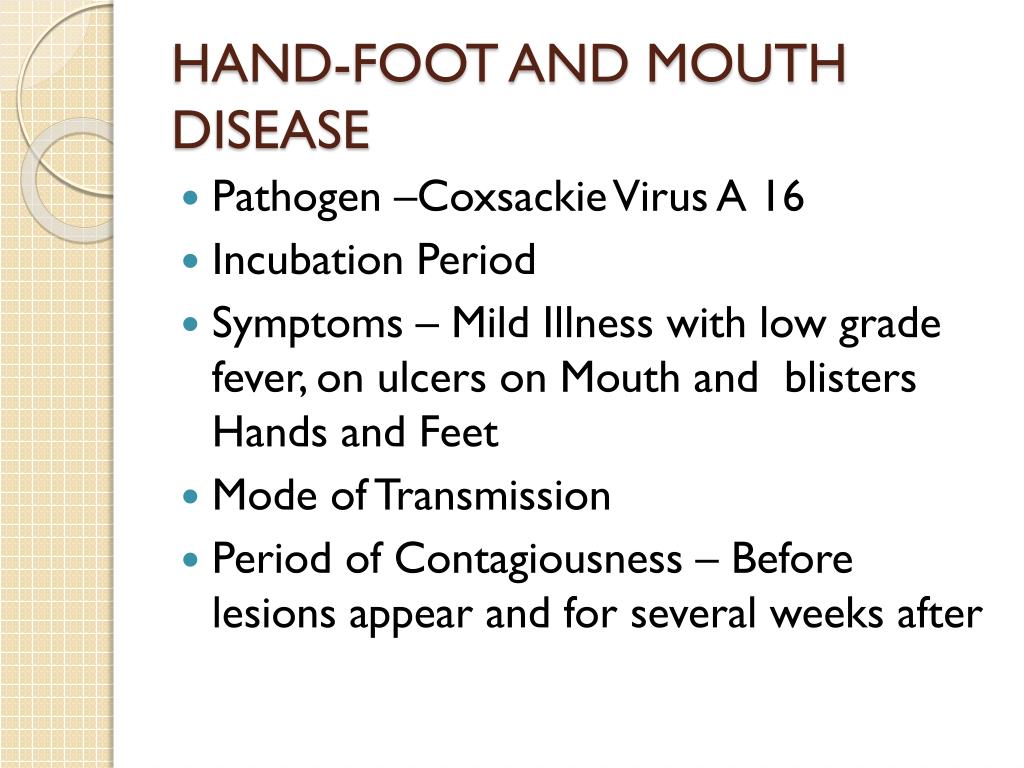What are symptoms of coxsackie. Coxsackievirus Infections: Symptoms, Causes, and Treatment Options
What are the common symptoms of coxsackievirus infections. How do coxsackieviruses spread. What complications can arise from coxsackievirus infections. How are coxsackievirus infections diagnosed and treated. When should you seek medical attention for a suspected coxsackievirus infection.
Understanding Coxsackievirus: An Overview of the Viral Infection
Coxsackieviruses are members of the enterovirus family, which also includes polioviruses and hepatitis A virus. These pathogens primarily reside in the human digestive tract and can cause a range of symptoms, from mild flu-like illness to more severe complications. To fully grasp the impact of coxsackievirus infections, it’s essential to explore their characteristics, transmission methods, and potential health consequences.
How do coxsackieviruses spread? These highly contagious viruses can be transmitted through various routes:
- Direct contact with contaminated surfaces
- Person-to-person transmission via unwashed hands
- Exposure to respiratory droplets from infected individuals
- Vertical transmission from mother to newborn during or shortly after birth
The risk of infection is particularly high in group settings such as schools, childcare centers, and summer camps. In temperate climates, outbreaks tend to occur during summer and fall, while tropical regions may experience year-round occurrences.
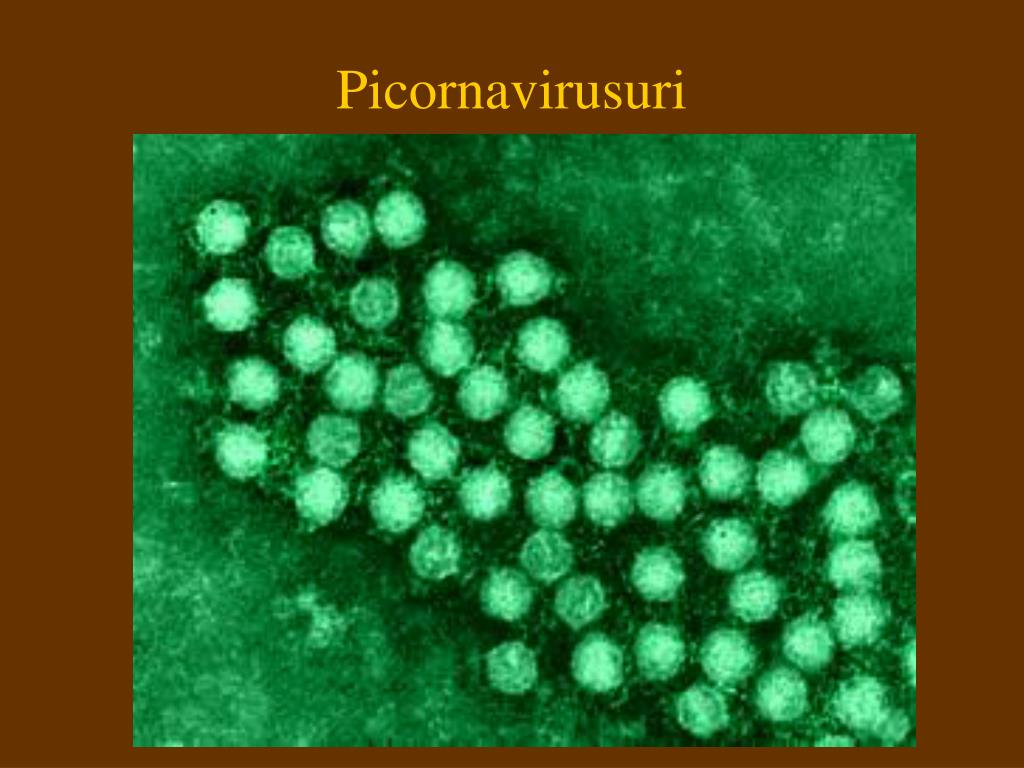
Recognizing the Symptoms: Key Indicators of Coxsackievirus Infection
Coxsackievirus infections can manifest in various ways, with symptoms ranging from mild to severe. While approximately half of all infected individuals remain asymptomatic, others may experience a sudden onset of symptoms. What are the common signs of a coxsackievirus infection?
- High fever
- Headache
- Muscle aches
- Sore throat
- Abdominal discomfort
- Nausea
In many cases, the fever associated with coxsackievirus infection lasts about three days before subsiding. However, the duration and severity of symptoms can vary depending on the specific manifestation of the infection.
Hand, Foot, and Mouth Disease: A Common Coxsackievirus Manifestation
One of the most recognizable forms of coxsackievirus infection is hand, foot, and mouth disease (HFMD). This condition is characterized by the appearance of painful red blisters in various parts of the body. Where do these blisters typically appear in HFMD?
- Throat
- Tongue
- Gums
- Hard palate
- Inside of the cheeks
- Palms of hands
- Soles of feet
- Buttocks (in some cases)
HFMD usually lasts for 2-3 days but can persist for up to a week in some cases. The distinctive rash and blisters associated with this condition make it relatively easy to identify, although a medical professional should be consulted for proper diagnosis and management.

Other Manifestations of Coxsackievirus Infections
Beyond HFMD, coxsackieviruses can cause several other conditions affecting different parts of the body. These include:
Herpangina
This throat infection is characterized by red-ringed blisters and ulcers on the tonsils and soft palate. The fleshy back portion of the roof of the mouth is often affected, causing discomfort and difficulty swallowing.
Hemorrhagic Conjunctivitis
This eye infection typically begins with eye pain, followed by redness, watering, swelling, light sensitivity, and blurred vision. The whites of the eyes are primarily affected in this condition.
Potential Complications: When Coxsackievirus Infections Turn Serious
While most coxsackievirus infections resolve on their own without complications, some cases can lead to more severe health issues. What are some of the serious complications that can arise from coxsackievirus infections?
- Viral meningitis: Infection of the membranes surrounding the brain and spinal cord
- Encephalitis: Inflammation of the brain
- Myocarditis: Infection of the heart muscle
- Hepatitis: Inflammation of the liver
- Meningoencephalitis: Combined inflammation of the brain and meninges
Newborns are particularly susceptible to severe complications from coxsackievirus infections. Symptoms in infants can develop within two weeks after birth and may require immediate medical attention.
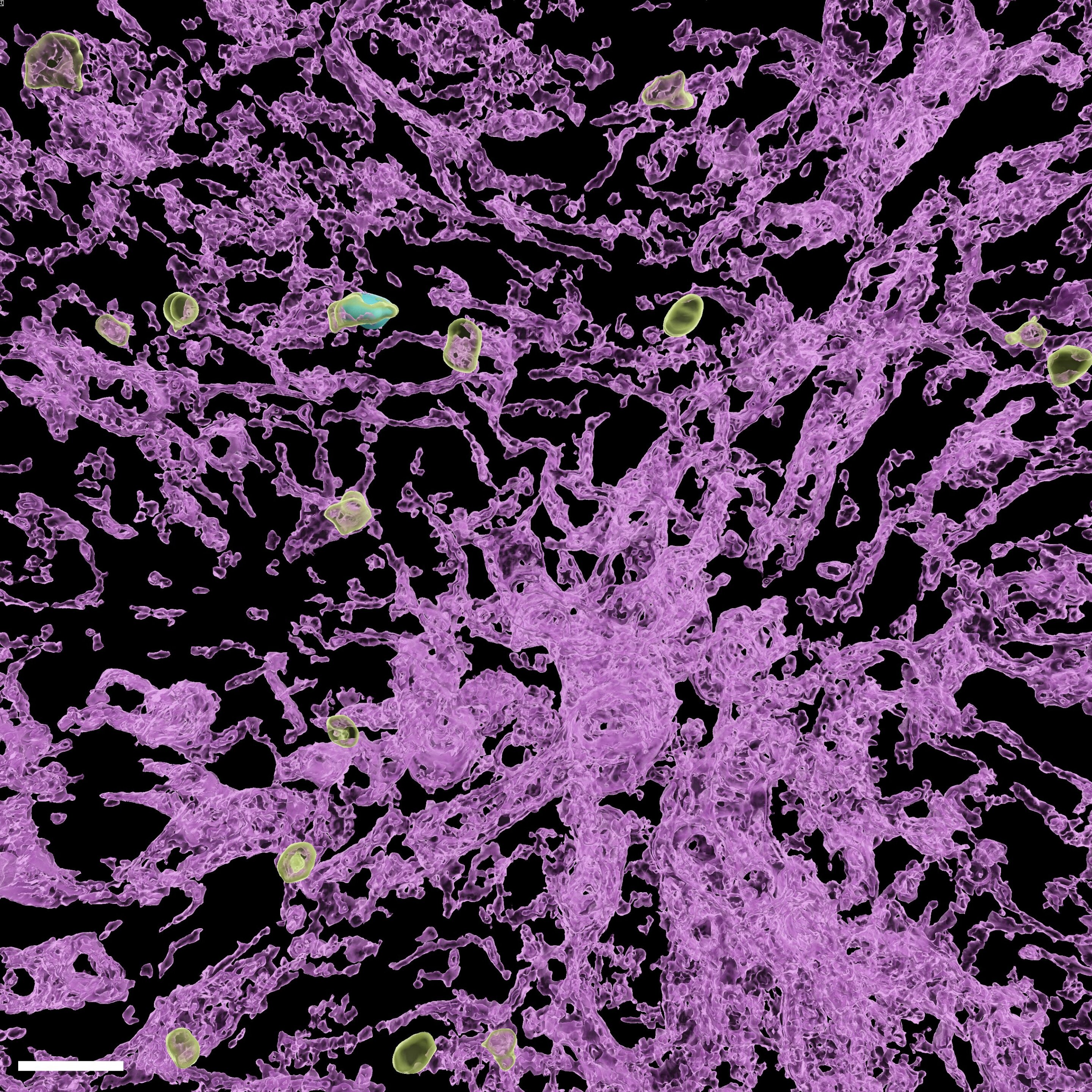
Diagnosis and Treatment: Managing Coxsackievirus Infections
Diagnosing coxsackievirus infections often involves a combination of clinical examination and laboratory tests. How are these infections typically diagnosed?
- Physical examination to assess symptoms
- Review of medical history
- Throat swabs or stool samples for virus isolation
- Blood tests to detect antibodies
- In severe cases, additional tests such as lumbar puncture or imaging studies may be necessary
Treatment for coxsackievirus infections is primarily supportive, as there are no specific antiviral medications available. What are the main approaches to managing these infections?
- Rest and hydration
- Over-the-counter pain relievers like acetaminophen or ibuprofen to manage fever and discomfort
- Topical treatments for mouth sores or skin rashes
- In severe cases, hospitalization may be required for intravenous fluids or monitoring of complications
It’s important to note that antibiotics are ineffective against viral infections like coxsackievirus and should not be used unless a secondary bacterial infection is present.

Prevention Strategies: Minimizing the Risk of Coxsackievirus Infection
Given the highly contagious nature of coxsackieviruses, prevention plays a crucial role in controlling their spread. What are some effective strategies for reducing the risk of infection?
- Frequent handwashing with soap and water, especially after using the bathroom, changing diapers, and before preparing or eating food
- Avoiding close contact with infected individuals
- Disinfecting commonly touched surfaces, particularly in shared spaces
- Covering mouth and nose when coughing or sneezing
- Staying home when sick to prevent transmission to others
- Proper disposal of contaminated items, such as used tissues or diapers
In childcare settings, additional measures may include separating sick children from others and implementing strict hygiene protocols to minimize the spread of infection.
When to Seek Medical Attention: Recognizing Severe Symptoms
While most coxsackievirus infections resolve on their own, certain symptoms warrant immediate medical attention. When should you contact a healthcare provider for a suspected coxsackievirus infection?

- High fever: Above 100.4째F (38째C) for infants younger than 6 months, or above 102째F (38.8째C) for older children
- Persistent symptoms: Fever lasting more than 24 hours or other symptoms not improving after a few days
- Dehydration: Signs include decreased urine output, dry mouth, and lethargy
- Severe pain: Particularly in the chest, abdomen, or head
- Neurological symptoms: Confusion, unusual sleepiness, or seizures
- Breathing difficulties
- Severe sore throat or mouth sores interfering with eating or drinking
- Signs of potential complications: Such as neck stiffness, persistent vomiting, or unusual skin changes
Prompt medical evaluation is crucial in these cases to rule out more serious conditions and ensure appropriate management of the infection.
Long-term Outlook: Prognosis and Recovery from Coxsackievirus Infections
The prognosis for most coxsackievirus infections is generally favorable, with many individuals recovering completely within a few days to a week. How long do different manifestations of coxsackievirus infections typically last?

- Fever alone: May resolve within 24 hours, but on average lasts about 3 days
- Hand, foot, and mouth disease: Usually lasts 2-3 days, but can persist for up to 7 days
- Viral meningitis: Typically takes 3-7 days to clear
- More severe complications: May require longer recovery periods and ongoing medical management
In rare cases, individuals may experience prolonged symptoms or complications that necessitate extended medical care. However, most people recover fully without any long-term effects.
Special Considerations: Coxsackievirus Infections in Vulnerable Populations
Certain groups are at higher risk for severe coxsackievirus infections or complications. Who are the most vulnerable populations when it comes to these viral infections?
- Newborns and infants: At risk for more serious infections due to their immature immune systems
- Pregnant women: May transmit the virus to their unborn child or newborn
- Immunocompromised individuals: Those with weakened immune systems due to medical conditions or treatments
- Children under 5 years old: More susceptible to infection and complications
These groups may require closer monitoring and more aggressive management strategies in the event of a coxsackievirus infection. Healthcare providers may recommend additional precautions or interventions to minimize the risk of severe outcomes in these populations.

Research and Future Directions: Advancing Our Understanding of Coxsackieviruses
Ongoing research efforts aim to improve our understanding of coxsackieviruses and develop more effective prevention and treatment strategies. What are some of the key areas of focus in coxsackievirus research?
- Vaccine development: Exploring potential immunization options to prevent infection
- Antiviral therapies: Investigating new drugs that specifically target coxsackieviruses
- Pathogenesis studies: Unraveling the mechanisms by which these viruses cause disease
- Epidemiological research: Tracking the spread and evolution of coxsackieviruses in different populations
- Diagnostic tools: Developing faster and more accurate methods for identifying coxsackievirus infections
These research efforts hold promise for improving our ability to prevent, diagnose, and treat coxsackievirus infections in the future, potentially reducing their impact on public health.
Global Impact: Coxsackievirus Infections Around the World
Coxsackievirus infections occur worldwide, but their prevalence and impact can vary significantly across different regions. How do these infections affect various parts of the globe?

- Developed countries: Outbreaks often occur in institutional settings, with generally good outcomes due to access to healthcare
- Developing nations: May face higher morbidity and mortality rates due to limited healthcare resources and challenging living conditions
- Tropical regions: Experience year-round circulation of the virus, potentially leading to more frequent outbreaks
- Temperate climates: Typically see seasonal patterns with peaks in summer and fall
Global health organizations monitor coxsackievirus outbreaks and work to implement prevention strategies in high-risk areas. International collaboration is crucial for understanding the global dynamics of these infections and developing effective control measures.
In conclusion, coxsackievirus infections represent a significant public health concern due to their widespread prevalence and potential for complications. While most cases resolve without serious issues, understanding the symptoms, transmission methods, and prevention strategies is crucial for minimizing the impact of these infections. By staying informed and taking appropriate precautions, individuals and communities can work together to reduce the spread of coxsackieviruses and promote better health outcomes for all.
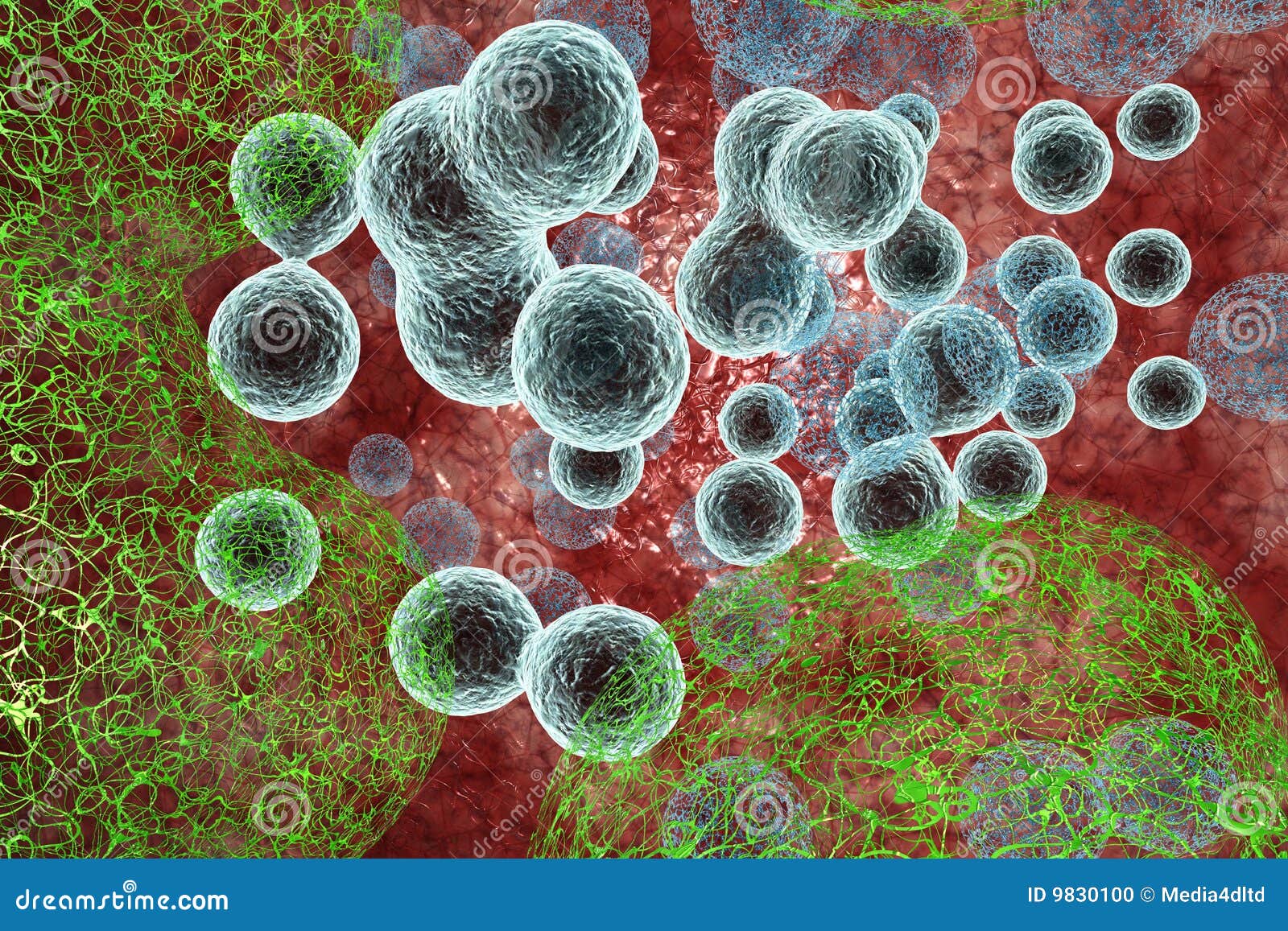
Coxsackievirus Infections (for Parents) – Nemours KidsHealth
en español: Infecciones por el virus de coxsackie
Reviewed by: Patricia Solo-Josephson, MD
Primary Care Pediatrics at Nemours Children’s Health
What Are Coxsackievirus Infections?
Coxsackieviruses are part of the enterovirus family of viruses (which also includes polioviruses and hepatitis A virus) that can live in the human digestive tract.
The viruses can spread from person to person, usually on unwashed hands and surfaces contaminated by feces (poop), where they can live for several days.
In most cases,
coxsackievirusinfections cause mild flu-like symptoms and go away without treatment. But in some cases, they can lead to more serious infections.
What Are the Signs & Symptoms Coxsackievirus Infections?
Coxsackievirus (kok-sak-ee-VY-rus) can cause a wide variety of symptoms. About half of all kids with an infection have no symptoms. Others suddenly get a high fever, headache, and muscle aches, and some also develop a sore throat, belly discomfort, or nausea. A child with a coxsackievirus infection may simply feel hot but have no other symptoms. In most kids, the fever lasts about 3 days, then disappears.
About half of all kids with an infection have no symptoms. Others suddenly get a high fever, headache, and muscle aches, and some also develop a sore throat, belly discomfort, or nausea. A child with a coxsackievirus infection may simply feel hot but have no other symptoms. In most kids, the fever lasts about 3 days, then disappears.
What Problems Can Happen?
Coxsackieviruses can cause symptoms that affect different body parts, including:
- Hand, foot, and mouth disease, which causes painful red blisters in the throat and on the tongue, gums, hard palate, inside of the cheeks, and the palms of hands and soles of the feet. They also can appear on the buttocks.
- Herpangina, an infection of the throat, causes red-ringed blisters and ulcers on the tonsils and soft palate, the fleshy back portion of the roof of the mouth.
- Hemorrhagic conjunctivitis, an infection that affects the whites of the eyes, usually begins as eye pain, followed quickly by red, watery eyes with swelling, light sensitivity, and blurred vision.

Occasionally, coxsackieviruses can cause more serious infections that may need to be treated in a hospital, including:
- viral meningitis, an infection of the membranes that surround the brain and spinal cord
- encephalitis, a brain infection
- myocarditis, an infection of the heart muscle
Mothers can pass an infection to their newborns during or just after birth. Babies are more at risk for a serious infection, including myocarditis, hepatitis, and meningoencephalitis (an inflammation of the brain and meninges). In newborns, symptoms can develop within 2 weeks after birth.
Are Coxsackievirus Infections Contagious?
Coxsackieviruses are very contagious. They can pass from person to person on unwashed hands and contaminated surfaces. They also can spread through droplets of fluid sprayed into the air when an infected person sneezes or coughs.
If there’s an outbreak in a community, the risk for coxsackievirus infection is highest among infants and kids younger than 5.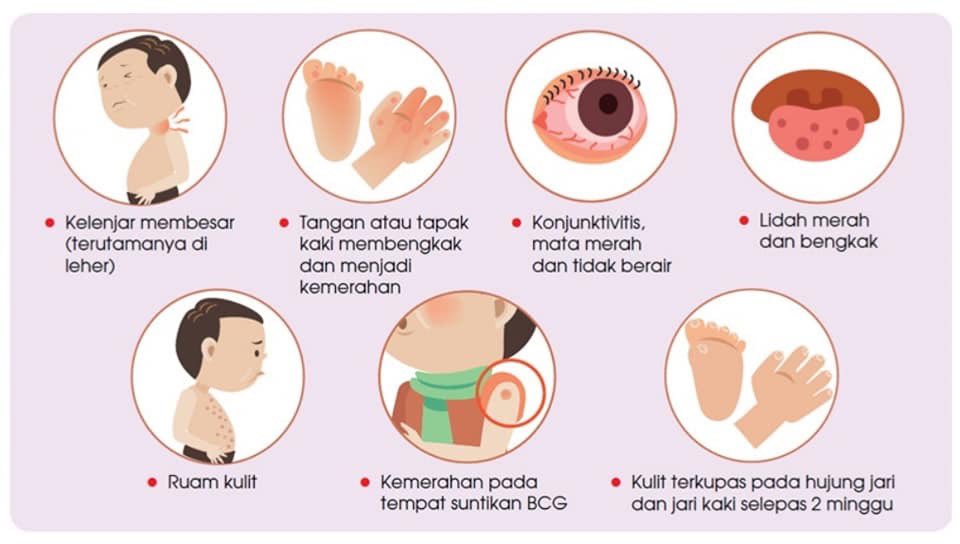 The virus spreads easily in group settings like schools, childcare centers, and summer camps. People are most contagious the first week they’re sick.
The virus spreads easily in group settings like schools, childcare centers, and summer camps. People are most contagious the first week they’re sick.
In cooler climates, outbreaks most often happen in the summer and fall, but tropical parts of the world have them year-round.
How Are Coxsackievirus Infections Treated?
Depending on the type of infection and symptoms, the doctor may prescribe medicines to make your child feel more comfortable. Because antibiotics only work against bacteria, they can’t be used to fight a coxsackievirus infection.
You can give acetaminophen or ibuprofen to ease minor aches and pains. If the fever lasts for more than 24 hours or if your child has any symptoms of a more serious coxsackievirus infection, call your doctor.
Most kids with a simple coxsackievirus infection recover completely after a few days without needing any medical treatment. A child who has a fever without any other symptoms should rest in bed or play quietly indoors.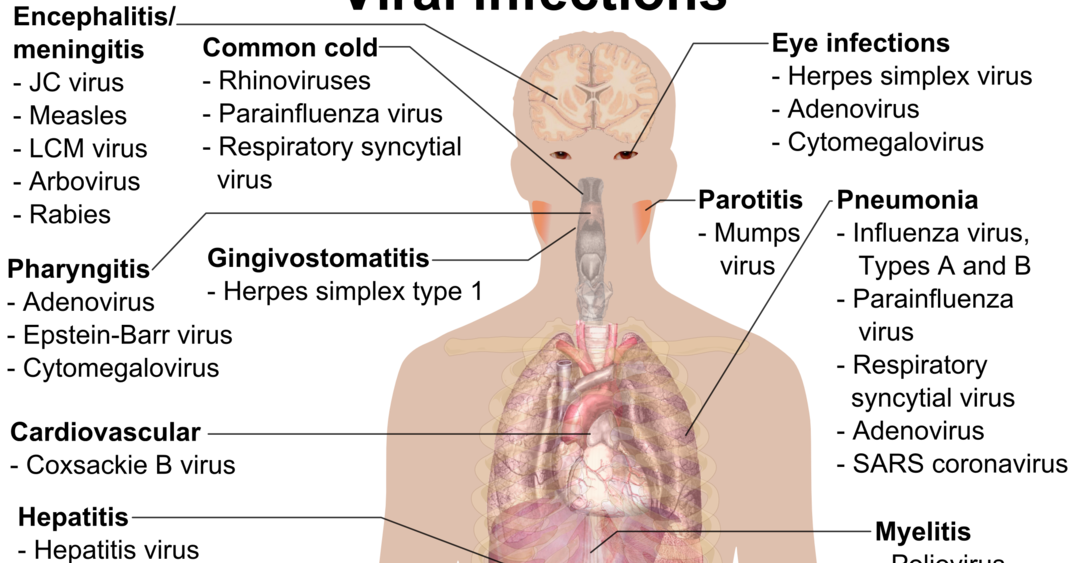 Offer plenty of fluids to prevent dehydration.
Offer plenty of fluids to prevent dehydration.
How Long Do Coxsackievirus Infections Last?
How long the infection lasts can vary. Kids who only have a fever may see their temperature return to normal within 24 hours, although the average fever lasts 3 days. Hand, foot, and mouth disease usually lasts for 2–3 days but can last as long as 7 days. Viral meningitis can take 3–7 days to clear up.
When Should I Call the Doctor?
Call the doctor right away if your child has any of these symptoms:
- fever higher than 100.4°F (38°C) for infants younger than 6 months and higher than 102°F (38.8°C) for older kids
- poor appetite
- trouble feeding
- vomiting
- diarrhea
- trouble breathing
- convulsions
- unusual sleepiness
- pain in the chest or belly
- sores on the skin or inside the mouth
- severe sore throat
- severe headache, especially with vomiting, confusion, or unusual sleepiness
- neck stiffness
- red, swollen, and watery eyes
- pain in one or both testicles
Can Coxsackievirus Infections Be Prevented?
There is no vaccine to prevent coxsackievirus infection. Hand washing is the best protection. Remind everyone in your family to wash their hands well and often, especially after using the toilet, after changing a diaper, before meals, and before preparing food. Shared toys in childcare centers should be cleaned often with a disinfectant because the virus can live on these objects for days.
Hand washing is the best protection. Remind everyone in your family to wash their hands well and often, especially after using the toilet, after changing a diaper, before meals, and before preparing food. Shared toys in childcare centers should be cleaned often with a disinfectant because the virus can live on these objects for days.
Kids who are sick with a coxsackievirus infection should be kept out of school or childcare for a few days to avoid spreading the infection.
Reviewed by: Patricia Solo-Josephson, MD
Date reviewed: August 2022
Share:
/content/kidshealth/misc/medicalcodes/parents/articles/coxsackie
Coxsackievirus Infections in Children – HealthyChildren.
 org
org
By: J. Michael Klatte, MD, FAAP
Coxsackieviruses are one of the four kinds of viruses (along with polioviruses, echoviruses, and numbered enteroviruses) that together are known as enteroviruses. These viruses cause a wide variety of illnesses, especially in young children. Infections are most common during summer and early fall.
How do coxsackieviruses spread?
Coxsackieviruses can be spread through respiratory droplets that becomes airborne by sneezing and coughing. Children may also become infected after touching surfaces or objects contaminated with the virus. Other ways the virus spreads is through contact with the stool of a someone with the infection or from a mother to her infant at birth. The usual amount of time from exposure to the start of symptoms for most coxsackieviruses is 3 to 6 days.
Coxsackieviruses can cause children to develop illnesses that include:
Infections of the skin and mouth
Hand, foot and mouth disease (HFMD) is an extremely common infection seen in children, and is usually caused by coxsackievirus types A16 and A6. It most often affects infants and children younger than 5 years. The rash of HFMD is known for being located over the palms of the hands, soles of the feet, and within the mouth. However, rashes may also be found over the face, arms, legs, and within the diaper area. Symptoms of HFMD can also include fever, headaches and poor appetite.
It most often affects infants and children younger than 5 years. The rash of HFMD is known for being located over the palms of the hands, soles of the feet, and within the mouth. However, rashes may also be found over the face, arms, legs, and within the diaper area. Symptoms of HFMD can also include fever, headaches and poor appetite.
Children with coxsackievirus infections can have herpangina no relation to herpes infections), painful ulcers or sores on the roof of the mouth and tonsils. This infection is typically seen in children between 3 and 10 years of age. Herpangina often develops suddenly, and additional symptoms may include high fevers and headaches. Most cases resolve within 3-6 days.
Muscle infections
Infection with coxsackievirus types B3, B5, or B6 can cause repeated sharp spasms in the muscles located between the ribs and over the upper half of the belly. The spasms generally last about 15-30 minutes at a time and are made worse by deep breathing. This infection is usually seen in young adults, and tends to resolve after 1 to 6 days.
Nervous system infections
Certain types of coxsackieviruses can cause meningitis (infection of the protective layers surrounding the brain and spinal cord). Stiff neck, headache, vomiting, and pain related to bright lights (photophobia) are signs of meningitis. Meningitis occurs most frequently in young children, but older children and teenagers can also be affected.
Heart infections
Infections with coxsackievirus types B2 to B5 can cause swelling and inflammation of the heart’s muscle and tissue layers, which is known as “myopericarditis.” Physically active teenagers are at highest risk for developing myopericarditis. Symptoms can include chest pain, shortness of breath (especially with exercise), and abnormal heart rhythms.
Infections in newborns
Newborns that get enterovirus infections from their mothers at birth may have an overwhelming infection with fever that leads to liver failure, heart failure, meningitis, seizures, bleeding, and sometimes death.
When to call your pediatrician
Call your pediatrician if your child complains of neck pain, chest pain, difficulty breathing, listlessness, or lethargy. Also consult your pediatrician if your child has mouth sores that are causing difficulty swallowing, which may lead to dehydration.
How are coxsackievirus infections diagnosed?
Your pediatrician will conduct a physical examination that evaluates signs and symptoms which may indicate a coxsackievirus infection. If the doctor suspects that your child has hand, foot and mouth disease, your pediatrician will look for the rash associated with this infection as well as for sores in the mouth and throat.
In most cases, the diagnosis is based on clinical findings, and no lab work is done. However, to confirm the diagnosis, your doctor can test samples from the throat, nose, stools, or other areas of your child’s body. Tests of the blood, skin lesions (if present) and urine may suggest enterovirus infection. If your pediatrician suspects meningitis, they may perform a lumbar puncture (spinal tap) so that the spinal fluid can be examined in the laboratory.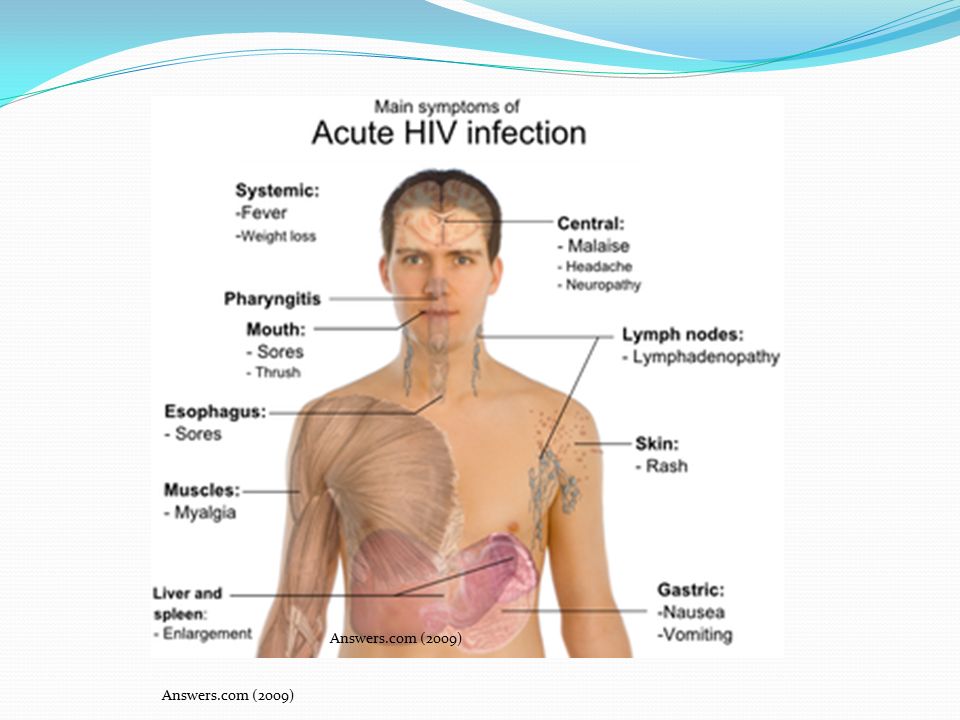 If myopericarditis is suspected, a chest x-ray film and electrocardiogram (EKG) will help with the diagnosis.
If myopericarditis is suspected, a chest x-ray film and electrocardiogram (EKG) will help with the diagnosis.
How are coxsackievirus infections treated?
There is no licensed specific treatment available for coxsackieviruses or any of the other types of enteroviruses. An antiviral drug (pleconaril) has been tested, but is not licensed for general use or available in the United States at this time. Your pediatrician may recommend the use of acetaminophen to reduce your child’s fever and ease the discomfort of the mouth sores.
What is the prognosis?
Almost always, children recover from these infections within 7 to 10 days without problems. Complications do occur on occasion, including heart failure related to myopericarditis and even sudden death related to abnormal heart rhythms. Newborns with enterovirus infections during the first 1-2 weeks of life can get severe infections leading to liver failure and massive bleeding, which may be fatal.
How to prevent coxsackievirus infections
Children and adults should adopt good hand-washing habits to reduce the chances of spreading these viruses. In particular, parents and other caregivers who change baby diapers should wash their hands frequently. When a child becomes ill with any type of enterovirus infection, be sure to avoid going to school, swimming pools, and child care settings for the first few days of the illness.
In particular, parents and other caregivers who change baby diapers should wash their hands frequently. When a child becomes ill with any type of enterovirus infection, be sure to avoid going to school, swimming pools, and child care settings for the first few days of the illness.
More information
- Enterovirus: What Parents Need to Know
About Dr. Klatte
J. Michael Klatte, MD, FAAP is an assistant professor at the University of Massachusetts Medical School – Baystate and a member of the Division of Infectious Diseases at Baystate Children’s Hospital, where he serves as medical director of antimicrobial stewardship. His research and clinical interests include enterovirus infections, Clostridium difficile infections, and antibiotic stewardship. Within the American Academy of Pediatrics, he is a member of the Section on Infectious Diseases Education Subcommittee.
The information contained on this Web site should not be used as a substitute for the medical care and advice of your pediatrician. There may be variations in treatment that your pediatrician may recommend based on individual facts and circumstances.
There may be variations in treatment that your pediatrician may recommend based on individual facts and circumstances.
Coxsackie virus: symptoms, treatment, prevention
Burobina Aigul Rafkatovna, pediatrician of the Semeynaya network of medical clinics, talks about the Coxsackie virus.
Recently, news resources have been full of reports about the epidemic of the Coxsackie virus – an enterovirus infection that affects mainly preschoolers, proceeds with high fever and has a long incubation period. Let’s figure out what kind of animal it is – Coxsackie, how to recognize it, and how to deal with it.
What is Coxsackie virus?
Coxsackie is an intestinal virus, or rather, a rather large group, numbering as many as 30 enteroviruses. It received this name in honor of the town of Coxsackie in the USA, where it was first discovered in 1948. Then Coxsackie was isolated from the fecal matter of children with polio. Since then, Coxsackie epidemics have already happened more than once, and most likely they are waiting for us again. The virus is extremely contagious, and it is localized not only in the gastrointestinal tract, but can also affect other organs. The good news is that once you have been ill, you won’t get infected with Coxsackie anymore: lifelong immunity is formed. The virus dies when exposed to high temperatures and disinfectants, but in plain tap water and feces it persists for a very long time.
The virus is extremely contagious, and it is localized not only in the gastrointestinal tract, but can also affect other organs. The good news is that once you have been ill, you won’t get infected with Coxsackie anymore: lifelong immunity is formed. The virus dies when exposed to high temperatures and disinfectants, but in plain tap water and feces it persists for a very long time.
Who is at risk and how can you get infected?
Most often, children from about 3 to 10 years old get sick with this virus, which is associated with lifestyle features: rare hand washing, insufficient hygiene. 4-5 years is the most dangerous age for infection with this virus. But Coxsackie’s babies are almost not afraid: firstly, their immunity protects their mother’s milk, and secondly, they usually have everything in perfect order with hygiene: they don’t play in sandboxes and they don’t drag dirty fingers and objects into their mouths for the time being . Infections most often occur in summer and autumn, especially on vacation by the seas. There are several ways of transmitting the virus: airborne droplets, through unwashed hands, dirty raw food, shared utensils.
There are several ways of transmitting the virus: airborne droplets, through unwashed hands, dirty raw food, shared utensils.
What are the manifestations of the disease?
It can take up to 10 days from the moment of infection to the first signs of illness. It all starts quite abruptly, the temperature rises to 39 degrees or more, and lasts up to 3-4 days, only then normalizing. The fever is accompanied by weakness, headache and muscle pain. Very similar to the flu, but with this virus, a specific rash and stool disorders are added. A rash in the form of small bubbles occurs on the mucous membrane of the mouth and throat, on the face around the mouth, on the palms, feet, between the fingers, on the buttocks. Rashes on the oral mucosa are accompanied by severe pain, while children refuse to eat and drink. It is very important to give your baby pain medication and make sure you drink enough fluids. Loose stools can disturb several times a day, and vomiting is also possible.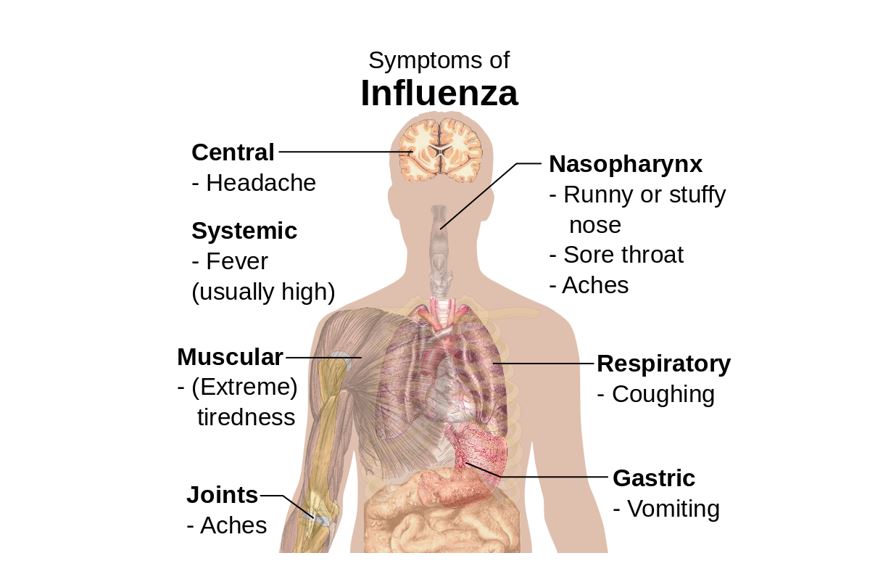 Adults may develop signs of conjunctivitis.
Adults may develop signs of conjunctivitis.
How to understand that it is Coxsackie and not something else?
The best thing to do is to pass laboratory tests. To do this, a swab is taken from the nasopharynx and stool analysis, and then the sample is examined by the PCR method, which makes it possible to identify the genotype of the virus. In addition, you can take a blood test for antibodies to the virus. What kind of analysis you need to pass (and whether you need it at all), the doctor will tell you based on your symptoms and condition.
How to be treated?
First, you need to call a doctor at home. Only a pediatrician or a therapist (in case an adult is ill), on the basis of an examination and a special analysis, will be able to make the correct diagnosis. It is usually not necessary to go to the hospital, it is quite possible to be treated at home. Special antiviral drugs are not required, only symptomatic therapy is needed: at a high temperature, drink an antipyretic, with itching of the skin or other skin reactions to a rash, you may need an antiseptic and antihistamine, for intoxication – taking sorbents, for sore throat – antiseptics for the throat. If everything is in order with immunity, all manifestations of the virus will disappear on their own in a few days without a trace. Antibiotics are not used in the treatment, their appointment is necessary only in case of a bacterial infection.
If everything is in order with immunity, all manifestations of the virus will disappear on their own in a few days without a trace. Antibiotics are not used in the treatment, their appointment is necessary only in case of a bacterial infection.
Are there any complications?
In most cases, complications of the virus do not occur. But occasionally the development of extremely dangerous situations is possible:
- Serous meningitis. It is characterized by sore throat, muscle pain, cramps, fever, fainting, and other symptoms. With proper and timely treatment, it passes without consequences.
- Endocarditis, myocarditis, that is, lesions of the heart. With this disease, the child is sleepy all the time, his pressure is lowered, arrhythmia, shortness of breath, convulsions may appear. For any of the described phenomena, you should immediately call an ambulance.
- Hepatitis. If the virus infects the liver, then it increases, the pain in the right side of the abdomen worries.

- Dehydration. Its signs are crying without tears in a child, very rare urge to urinate, all the time tends to sleep. If this happens, treatment in the form of droppers is necessary.
- Accession of a secondary bacterial infection (where there was a rash, purulent discharge, redness occur, this place swells). This condition is treated with antibacterial ointments.
In order not to miss complications, you need to be under the supervision of a doctor from the very beginning of the disease and consult with him on all issues, and in emergency cases, urgently call an ambulance.
Is it possible to prevent the virus?
Of course it is possible.
- Firstly, it is the constant observance of hygiene, frequent washing of hands, avoidance of large crowds of people without unnecessary necessity.
- Secondly, this is a thorough washing and cooking, because the virus does not survive during heat treatment. You should not drink water from the tap, from reservoirs and various springs, it would be much more correct to drink proven bottled water.

If you follow all these simple rules, you and your children will be less likely to become infected with Coxsackie and other viruses.
Make an appointment with a pediatrician
Be sure to consult a qualified specialist in the field of childhood diseases at the Semeynaya clinic.
To clarify the prices for a speech therapist appointment or other questions, follow the link below
Coxsackie virus treatment in Moscow: a pediatrician in the clinic and at home, accurate diagnosis0001
We treat children according to the principles of evidence-based medicine: we choose only those diagnostic and treatment methods that have proven their effectiveness. We will never prescribe unnecessary examinations and medicines!
Make an appointment via WhatsApp
Prices
Doctors
The first children’s clinic of evidence-based medicine in Moscow
No unnecessary examinations and drugs! We will prescribe only what has proven effective and will help your child.

